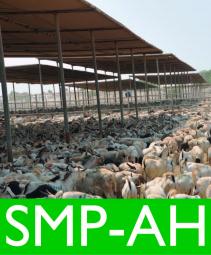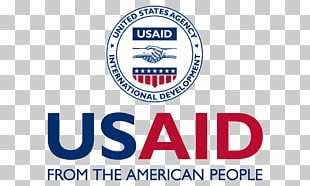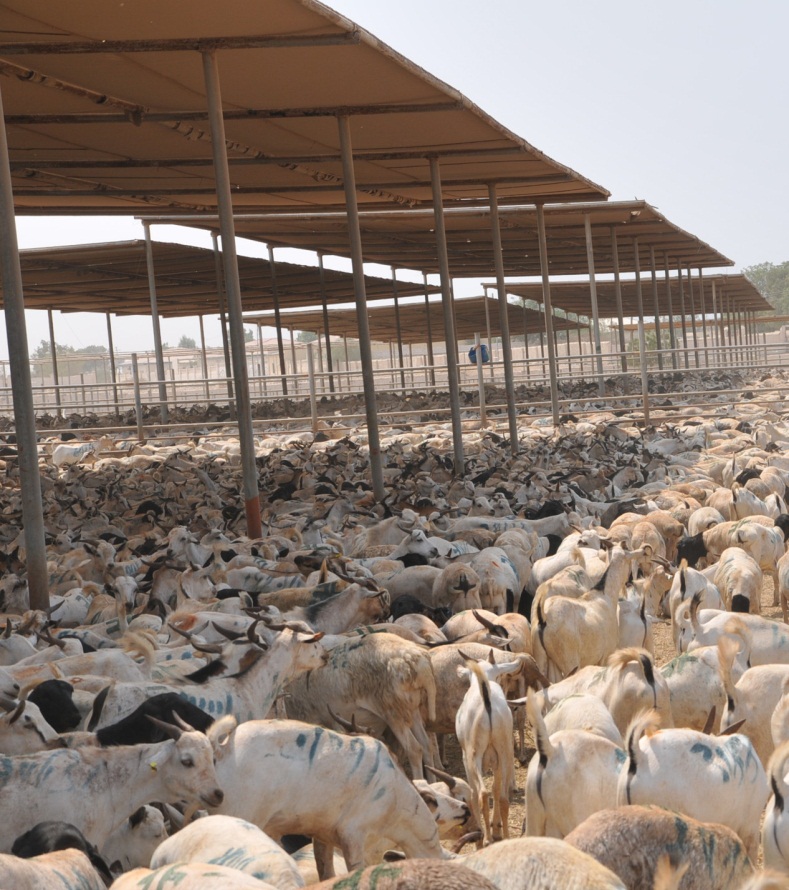Standard Methods and Procedures in Animal Health
Project Brief/Background
The SMP concept:
- A region-wide disease control plan
- Multiple nations cooperate for uniformity
- Trade-related TAD control - targeted diseases
- Facilitates trade in livestock and livestock products
- Use for local, intra-regional, inter-regional, and intercontinental trade
The SMP design:
- A region-wide umbrella program for animal health and animal disease prevention and control
- Agreed upon by both exporting and importing nations
- Subscribed to by all concerned parties
- Focused on trade-related TADs
- Executed according to OIE recommendations
The SMP approach:
- Framework for uniform surveillance, epidemiology, disease prevention and control;
- Laboratory procedures and test interpretation, quarantine procedures, and more;
- Flexible to fit changing situations, scientific advances, disease dynamics, emerging diseases, etc;
- Tailored to deal with relevant trade-related TAD diseases, but can be used for not only TADs but for production and/or zoonotic diseases as well;
- Can accept different approaches by different Departments of Veterinary Services;
- Works with OIE recommendations as the base.
How the SMP concept works:
- Begins with reality of present situation;
- Accepts what is currently being done as baseline;
- Can be built upon as needs arise;
- Can be designed to deal specifically with any relevant disease;
- Addresses both live animals and animal products;
- Addresses both breeding and slaughter livestock;
- Flexes to meet changing realities and new developments;
- Coordinates region-wide animal health activities;
- Enhances negotiation between trading partners using OIE recommendations as basis for discussion, for example the OIE Terrestrial Code SPS & Judgment of Equivalence.
SMP Harmonization of Animal Health Programs:
- Regional coordination in disease control program design - national DVSs work with same program goals;
- Cooperation/coordination for disease control field operations planning and implementation;
- Allowance for different approaches to the same disease control goal as per the OIE Terrestrial Code SPS & Judgment of Equivalence;
- SPS basis for trading bloc negotiations, ref. OIE Terrestrial Code SPS & Judgment of Equivalence.
OIE Terrestrial Animal Code Recommendations for Trade, Chapter 5.3.1-8:
- A structure for trade negotiations;
- Safe Trade with Appropriate Level of Protection for importing nation – Judgment of Equivalence.
Goals of SMP program:
- Safe, stabilized trade that leads to safe, stabilized livelihoods all along the value chain;
- Facilitates trade within and between Regional Economic Communities;
- Facilitates regionally coordinated disease control programs;
- Supports ability to do surveillance and epidemiology that clearly determines outbreak areas;
- Provides a basis for uniform and unified SPS for livestock trade;
- Eliminate any reason for bans on export livestock from Eastern Africa;
- Provides strengthened bargaining power with importers.
About SMP-AH
The Standard Methods and Procedures in Animal Health (SMP-AH) is a four year project (14th March 2012 to 30th September 2016) being implemented by AU-IBAR in partnership with IGAD centre for Pastoral Areas and Livestock Development (ICPALD/IGAD) and nine countries in the Greater Horn of Africa (GHoA) namely, Djibouti, Eritrea, Ethiopia, Kenya, Somalia, South Sudan, Sudan, Tanzania and Uganda. The project is supported by United States Agency for International Development, East Africa Mission (USAID/EA) under the framework of the U.S President's Global Hunger and Food Security initiative, Feed the Future.
Goal
To contribute to the reduction of poverty, enhance regional economic growth and integration through improved access of live animals and animal products to regional and International markets.
Purpose
The project aims to support harmonisation and coordination of surveillance, prevention and control of trade-related transboundary animal diseases (TADs) in the region in order to promote movement of livestock across national boundaries, without posing health risks to both human and livestock, and hence promote regional and international trade in livestock and livestock products.
Expected results
- Framework for surveillance and control of trade-related animal diseases established;
- Laboratory testing procedures for the priority diseases harmonized in the region;
- Standards for Regional quarantine stations enhanced;
- Technical and coordination capacity of participating countries and IGAD enhanced.
The following trade-related TADs addressed by the SMP-AH project
- Brucellosis in Sheep and Goats - Brucella melitensis (BM)
- Rift Valley Fever –RVF
- Foot and Mouth disease – FMD
- Peste des Petites Ruminants – PPR
- Lumpy Skin Disease – LSD
- Sheep and Goat Pox – SGP
- Camel Pox – CP
- Contagious Bovine Pleuropneumonia – CBPP
- Contagious Caprine Pleuropneumonia – CCPP
- Rinderpest -RP (eradicated but still surveilled)
These diseases can be broken into four basic syndromes:
- Abortion complex – BM, RVF
- Stomatitis/enteritis complex – FMD, PPR, RP
- Pox complex – LSD, SGP, CP
- Pneumonia complex – CBPP, CCPP
The key activities
- Supporting the participating countries to develop and implement Standards Methods and Procedures, adapted to the GHoA region, for control of trade-related transboundary animal diseases (TADs) in line with OIE standards. Standard Methods and Procedures are Strategic protocols to create uniformity in animal disease detection and control procedures through out the region. An individual SMP is a protocol for control of a given disease that outlines the measures that must be undertaken. The SMP deals with subject areas of surveillance, epidemiology, laboratory procedures, and disease control and states minimum standards, procedures, and goals that must be met. The SMPs for each disease is a functional, action oriented document and is not intended to provide a detailed description of the disease. It is a live and flexible document and can be changed as new science and new techniques for control are discovered.
- The project is also supporting capacity building in disease surveillance, epidemiological investigations and reporting; laboratory management, diagnostic capability, and safety upgrading; improved abilities for communication, information sharing, and regional cooperation; strengthening of disease control interventions; enhancement of emergency disease response and support to vaccine production laboratories with equipment, reagents and kits.
- To mitigate the risk of introduction of diseases to importing countries, live animals from the region, destined for export are held in quarantine stations prior to export. This approach has allowed countries in the region to access livestock markets despite the difficulty of achieving whole country or zonal disease free status. One of the key results of the SMP-AH project is to improve regional quarantine standards to enhance disease control and improve animal health and welfare of exported animals. In order to achieve this objective the project will build the capacity of the quarantine station staff in quarantine regulations, practices and procedures.
- The project is also supporting the a coordination body, the North Eastern Africa Livestock council (NEALCO), of the regional economic communities on trade in live animals and animal products that brings together both private and public sectors to address livestock trade issues within the region.



